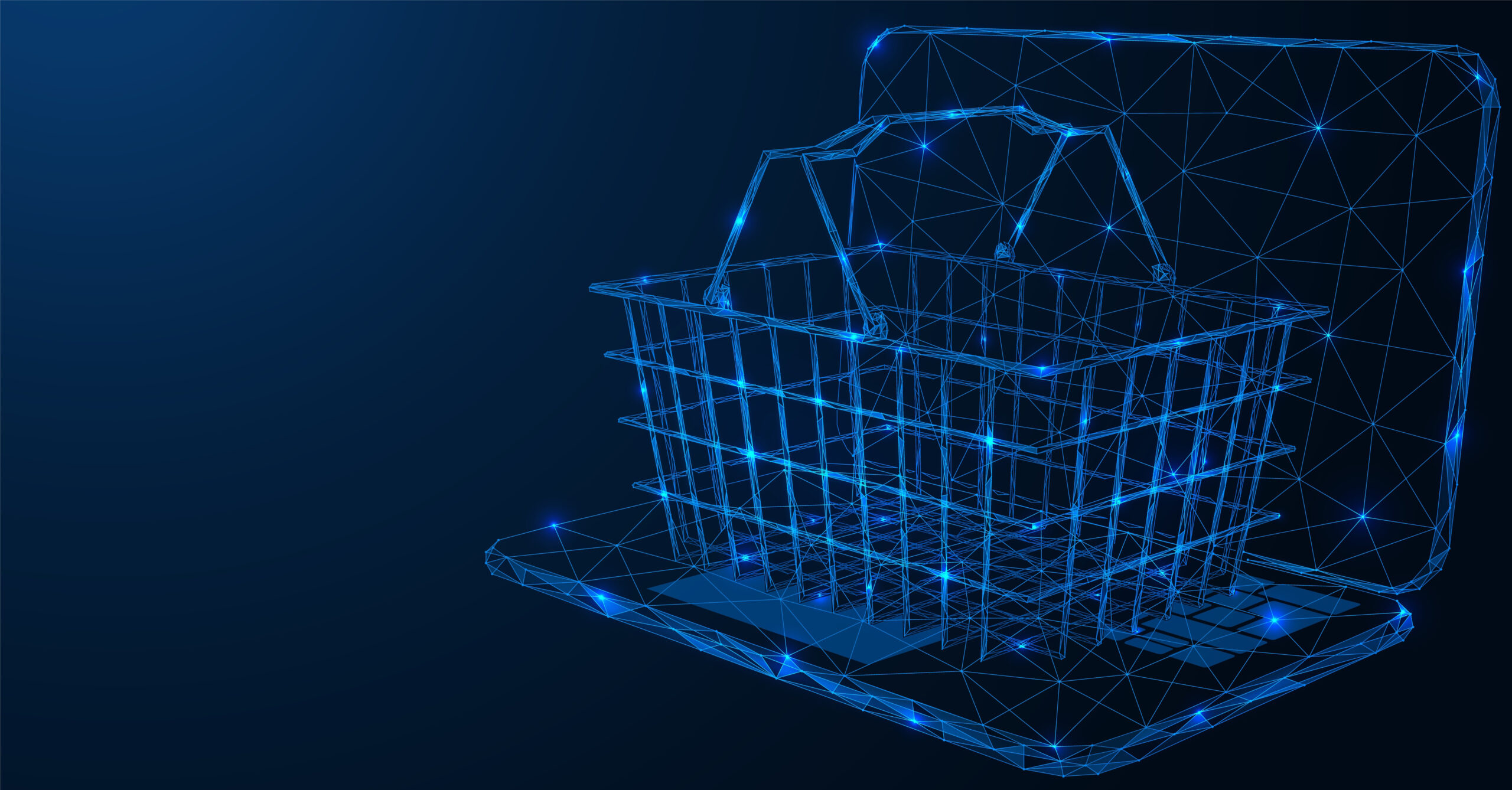Is there a timeframe for e-commerce implementation? Can distributors get more out of their online presence beyond brand recognition? During a recent MDM webcast, “Myth-busting Common E-Commerce Misconceptions for Wholesale Distribution,” panelists borrowed a page from Discovery’s “MythBusters” show to answer these questions and more — debunking five myths that distributors often believe to be true in regard to implementing e-commerce sites.
The 5 myths
SAP’s David Koenig, global wholesale industry principal, and Mirakl’s Angela Troccoli, senior director product marketing, global B2B, broke down the common beliefs and why they may be wrong.
No. 1: If we haven’t implemented e-commerce by now, it’s too late.
While some distributors may think they are late to the e-commerce game, Troccoli and Koenig said it was much easier to launch an e-commerce site and marketplace platform now than it was 10 years ago.
“I think there are a lot of examples of very large, even innovative companies who tried and had some pretty unsuccessful starts and stops,” Troccoli said. “So, it’s great that you have that to look back on. You can really learn from their mistakes, and then apply them to make your solution better than ever.
“I certainly don’t think that you can just keep waiting. I think we are past the ‘wait and see’ point. It is officially the ‘now or never’ time. People have tried; they’ve failed. They’ve tried again, and they’ve been successful. We can learn from that.”
Koenig said 10 years ago there wasn’t a lot of talent available to build and develop e-commerce sites, but that has changed with the onslaught of DevOps, interface designers and digital transformation talent that specialize in B2B e-commerce.
“It might be a little late to get into the game, but it’s easier than it was,” Koenig said. “Now you’ve got a model. You’ve got resources.”
No. 2: E-commerce is good only for promoting our brand and not much else.
According to an MDM survey that preceded the webcast, the top priorities for distributors implementing e-commerce sites included promoting their brands, increasing efficiency, operational cost savings, improving ease of use and increased customer satisfaction by end users.
Koenig used the example of a healthcare distributor that had partnered with SAP for its e-commerce platform. Device Technologies saved 50,000 hours of administrative time per year by removing repetitive processes to give its staff and customers more time to deal with other issues. Device Technologies also reduced its same-day freight by 9% due to increased planning and control.
“There’s the time savings that happens, which could be stuff that’s not hitting the call center, especially just questions that should have been covered anyways,” he said. “Things like product information, stuff that somebody could definitely self-serve. Making sure that the customer has that information is going to satisfy the customer and it’s going to avoid some of those extra high-touch actions that have a higher cost with them.
“The second part is the reduction in same-day freight. One thing that having an online type of experience can do is provide more insights as to what your customers actually want. You can actually use it as forecasting tool.”
Having an e-commerce site and marketplace platform drives a better customer experience and bottom line, according to Troccoli. Having a marketplace allows customers to bring on longtail items within hours, while also providing insights into what customers want.
No. 3: E-commerce won’t make a measurable difference in our top line.
Troccoli said an e-commerce site, particularly one with a very large assortment of products, drives organic growth.
“Whether you’re a manufacturer or a wholesale distributor, you’re definitely going to be gaining new customers that you otherwise would probably not be able to reach and there, in and of itself, is top-line growth,” she said. “I think that’s definitely a myth. I think there’s a lot of data that would support e-commerce [top-line growth] — certainly with a marketplace.”
Koenig said having an e-commerce site makes it easier for customers to do business with distributors. This in turn enables top-line growth.
“It’s not just a product catalog that you’re digitizing,” he said. “There’s the ability to transact at the end of that product catalog that is critical as well.”
No. 4: Adding e-commerce costs too much, requires more people than I can afford to hire and requires too much maintenance to be effective.
Koenig said there is some truth to No. 4 in regard to the initial cost, but distributors could start off small by putting just one segment into an e-commerce site along the way to that first transaction. He said while there are going to be fixed costs associated with implementing shopping carts and checkout functions, SAP has mid-market distributors that are able to stand up a site by just bringing three new people into their IT organizations. Then, bring in a few others from the product information management team to ensure content is web-optimized and ready to be extracted. “I think it can be done,” he said. “It’s not too far of a stretch.”
Troccoli added a caveat to Koenig’s suggestion of starting small: “If you do plan to start small, do it with every intention of going big. Make sure that you are designing it and partnering with a technology partner who is there, ready to scale, because the last thing you want is to invest in an MVP that can’t scale. Once you get the momentum, you’re going to want to grow.”
Myth No. 5: Online marketplaces won’t have an impact on our business, so we don’t need to explore these.
Troccoli said she gets where No. 5 is coming from because marketplaces are often misunderstood. Marketplaces allow distributors to increase the number of products they offer by working with third-party sellers, and to branch out in previously underserved geographic locations.
“Price is not the end all, be all to attract customers,” she said. “But if you’re spending all of your time and resources sourcing, vetting, bringing on new products and managing the product data, you’re not really leveraging your time being the expert, and being consultative. That’s why they’re coming to you. It frees up your time to focus on what you do best while still offering everything your customers want, and the experience they want.”
Related Posts
-
While some sales reps are getting back in the door, now is the time to…
-
The existence of AI does not mean data will be fixed automatically, more data will…
-
There is a big difference between sessions and raw new visitor traffic. Distributors have built…





